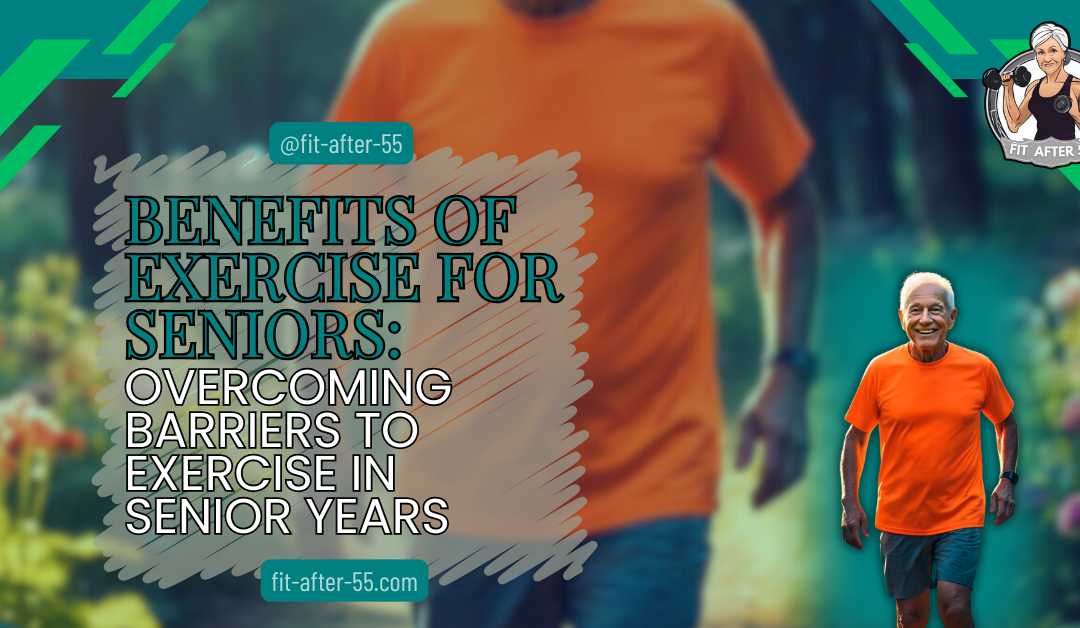The benefits of exercise for seniors are something I’ve come to deeply appreciate over the years. Having seen firsthand how staying active can transform lives, I’ve become a firm believer in its power to unlock not just physical health, but also independence, happiness, and a renewed sense of purpose. Whether it’s watching someone regain their confidence through movement or hearing stories of improved well-being from friends and family, it’s clear that staying active is a cornerstone of aging well. With that in mind, I wanted to share how exercise can positively impact so many areas of life, from physical health to mental sharpness, and even fostering social connections.
Benefits of Exercise for Seniors: Unlocking Independence, Health, and Happiness
Exercise plays a huge role in living longer and healthier. When seniors keep moving, they’re not just fighting back the clock, they’re actively strengthening their independence. Even simple activities like walking or gardening can significantly boost their quality of life.
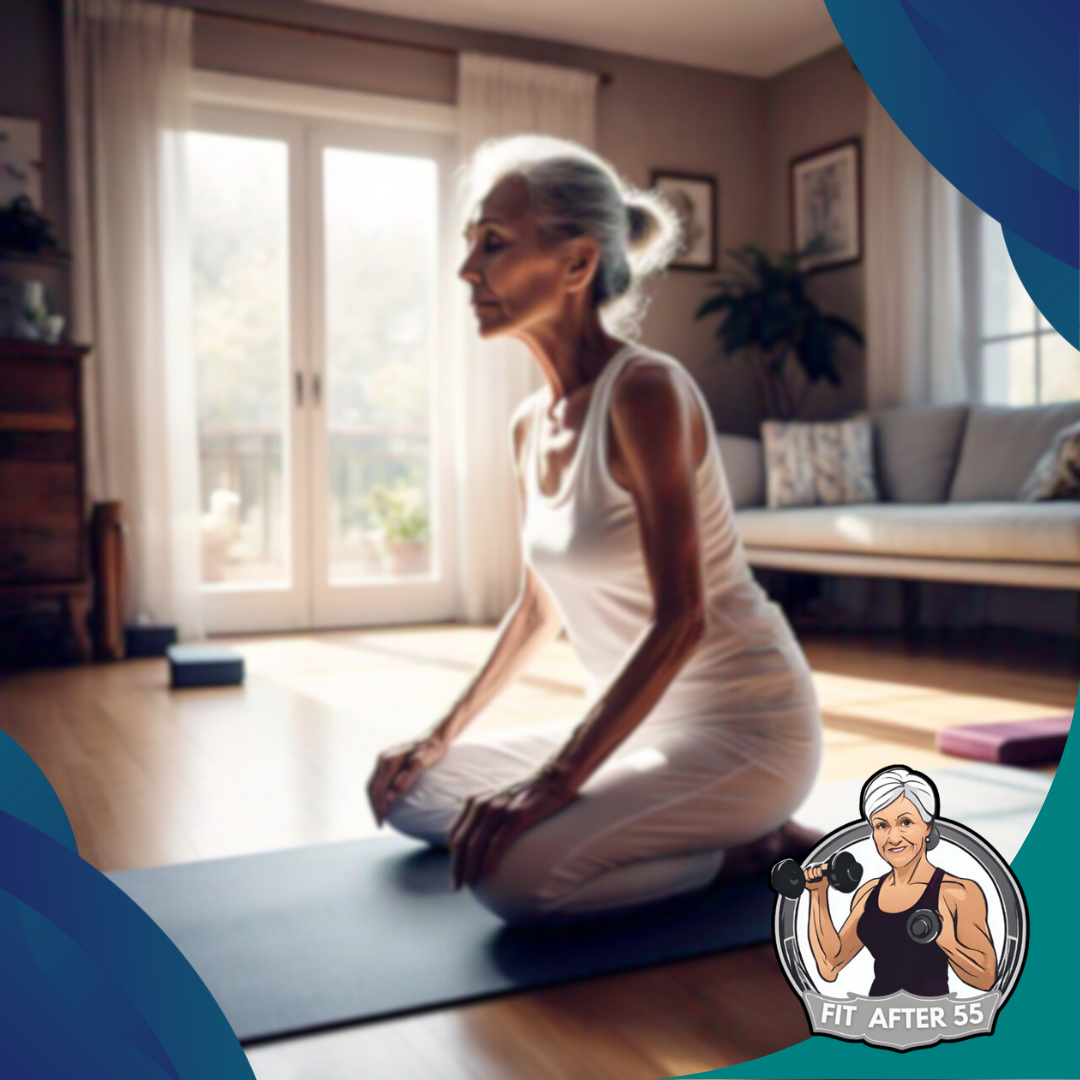
Keeping mobile isn’t just about physical health—it’s about holding onto that sense of independence we all treasure. Whether it’s managing stairs or playing with grandkids, staying active makes these moments more accessible and enjoyable.
Mental health can also get a sweet boost from regular exercise. Physical activity has been shown to reduce anxiety and depressive symptoms. It’s like a happiness pill without needing a prescription. The sense of accomplishment from staying fit can work wonders for self-esteem and overall well-being.
Main Highlights
- Exercise Enhances Independence and Well-Being: Regular physical activity strengthens mobility, mental health, and self-esteem, empowering seniors to live more fulfilling lives.
- Custom Routines Promote Safety and Health: Tailored exercises improve heart health, bone strength, balance, and flexibility while minimizing risks.
- Social and Cognitive Benefits: Group activities foster community, reduce isolation, and boost brain health, memory, and mood.
Boosting Physical Health with Tailored Exercises
Customizing an exercise routine can do wonders for physical health. Activities like swimming, brisk walking, or yoga can strengthen the heart and enhance circulation. These cardiovascular activities can make a world of difference in keeping the heart healthy well into the later years.
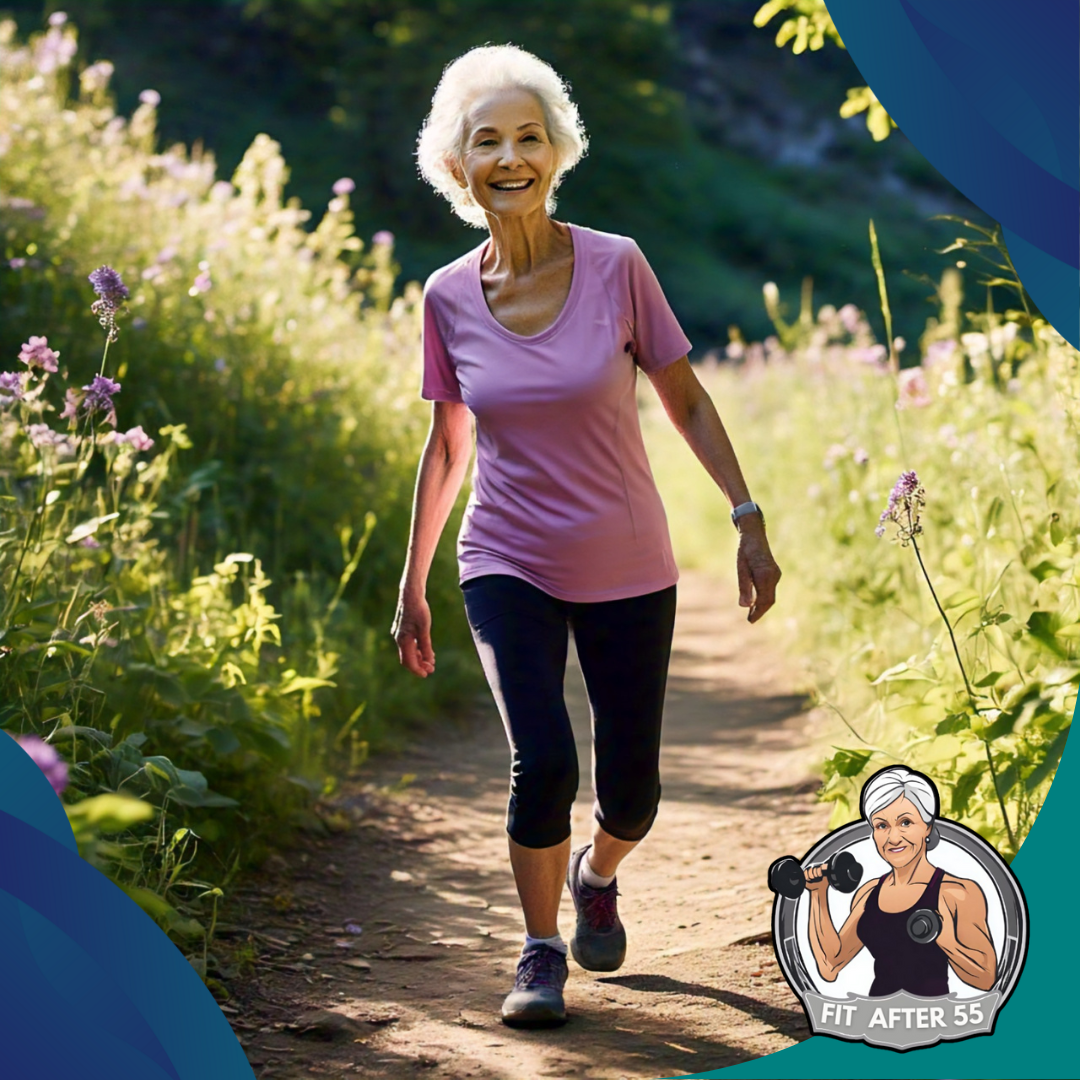
Let’s talk about bone health. Weight-bearing exercises, such as light weightlifting or even dancing, are fantastic for strengthening bones and preventing osteoporosis. Stronger bones mean a reduced risk of fractures, which is essential for maintaining mobility and confidence.
Improved balance and flexibility can greatly reduce fall risk. Simple balance exercises, like standing on one leg or tai chi, help seniors stay steady on their feet. Stretching and flexibility routines ensure that muscles remain limber, enhancing freedom of movement for everyday tasks.
Cognitive Enhancements Through Regular Physical Activity
Exercise isn’t just for the body; it’s a brain booster too. Staying physically active can sharpen the mind and reduce dementia risk. Simple activities like walking or cycling can help keep those neurons firing.
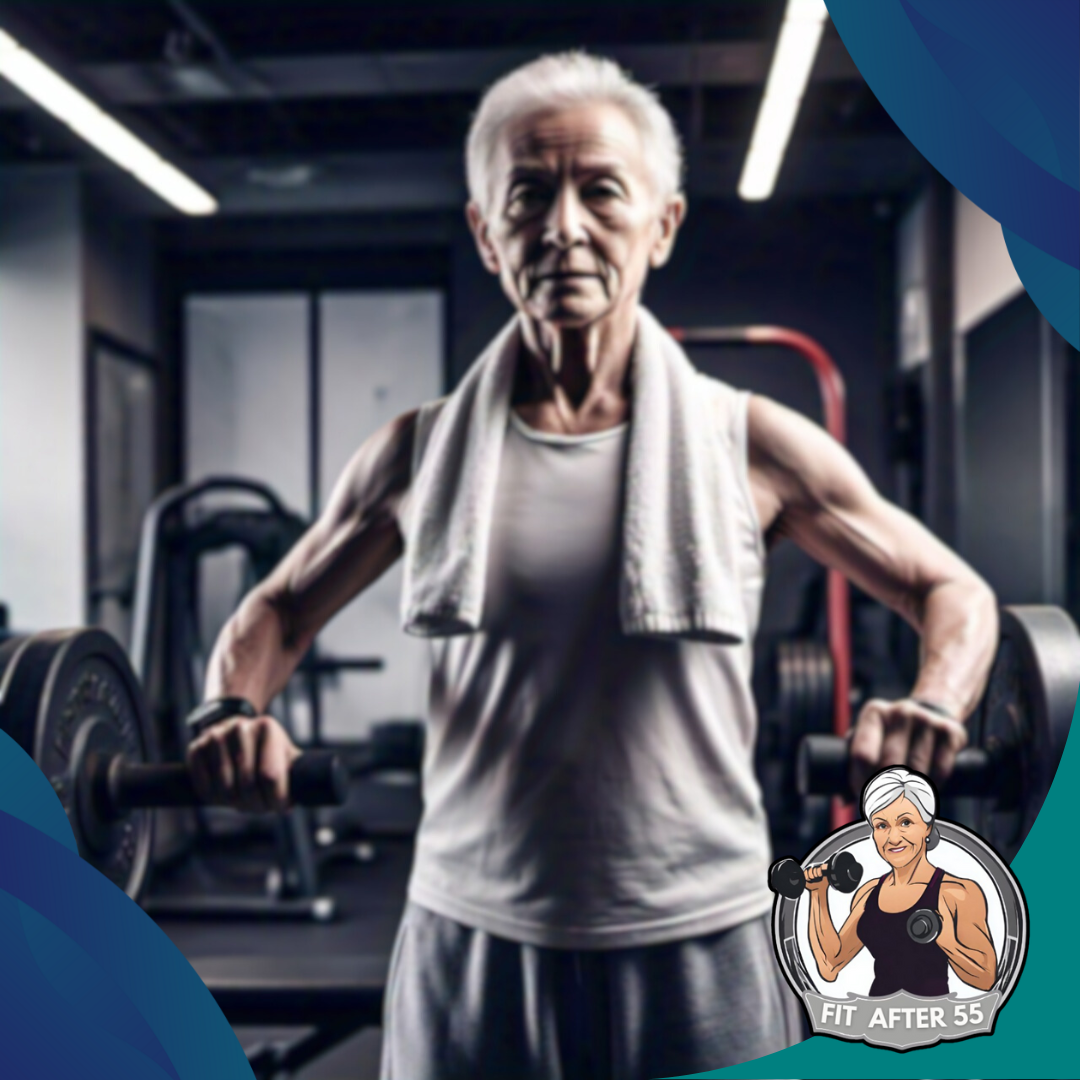
Benefits for Memory and Focus
Staying active helps with concentration and memory. Engaging in regular exercise increases blood flow to the brain, which can improve mental clarity and focus. Ever felt that rush of clarity after a good workout? That’s exactly what we’re talking about.
Exercise and Mood Enhancement
Mood and mental alertness get a natural lift through physical activity. Exercise triggers the release of endorphins, those feel-good chemicals that boost mood and bring on a natural high. This keeps spirits up and minds sharp—not just in the moment, but long-term too.
The Social Benefits of Exercise for Seniors
Did you know that seniors who engage in group exercise activities are 47% more likely to experience a significant improvement in their overall well-being compared to those who exercise alone? Group fitness not only enhances physical health but also fosters social connections, helping reduce feelings of isolation and boosting mental and emotional health. The camaraderie found in group settings can make staying active even more rewarding and enjoyable!
Social and Emotional Benefits of Group Fitness Activities
Participating in group fitness activities is an excellent way for seniors to engage socially while staying active. Whether it’s joining a walking club or attending a gentle yoga class, these group settings help foster a sense of community, which can be incredibly rewarding. The shared experience of working toward fitness goals can turn exercise into a fun and social event.
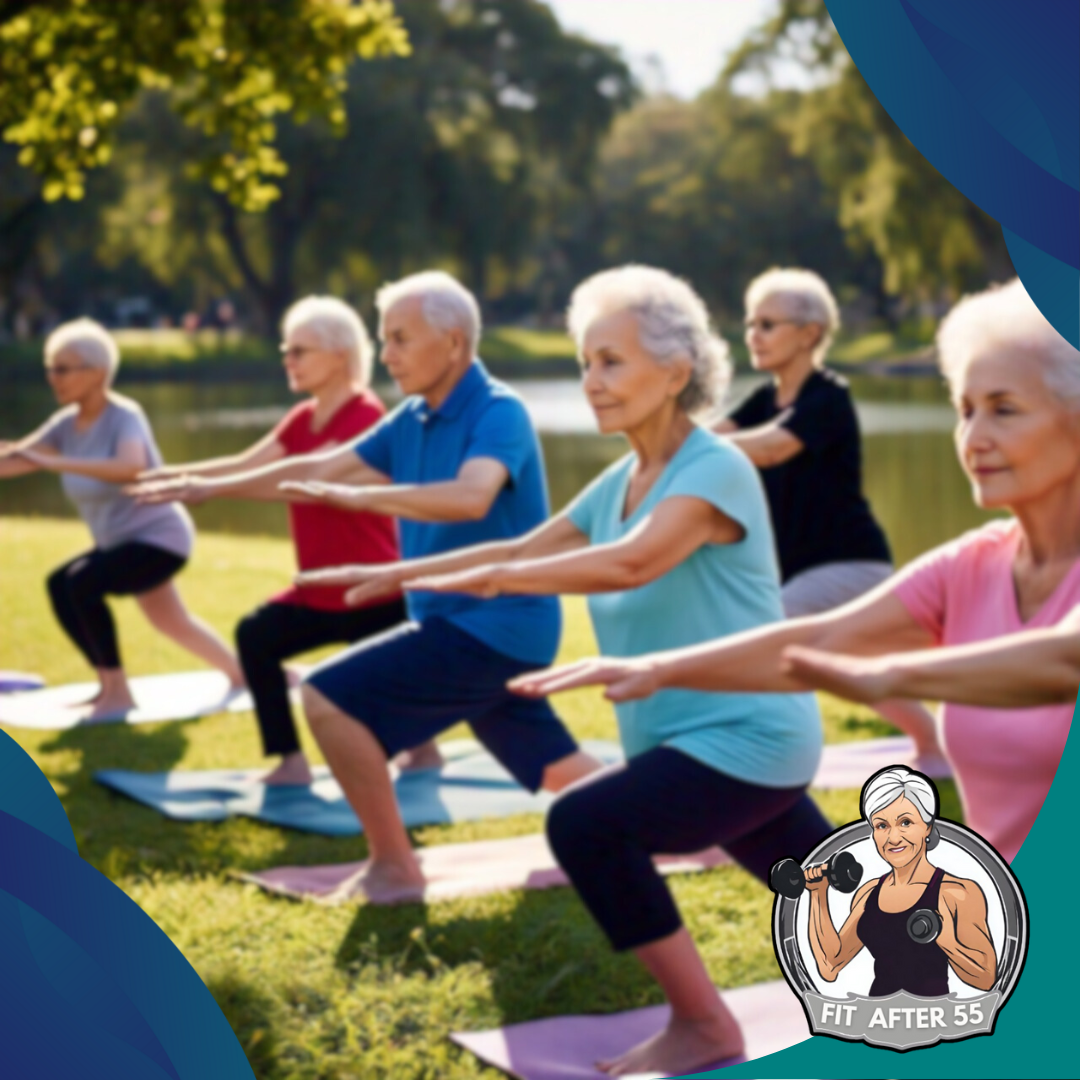
Benefits of Group Fitness for Seniors
| Benefit | Details |
|---|---|
| Building Connections | Joining activities like walking clubs or yoga fosters social bonds. |
| Reducing Loneliness | Social interactions help alleviate feelings of isolation and promote joy. |
| Sharing Achievements | Celebrating milestones, like completing a walk, strengthens relationships. |
| Emotional Support | Camaraderie within groups boosts encouragement and motivation. |
| Sense of Belonging | Exercising with peers creates a shared purpose and mutual understanding. |
Group fitness activities also provide emotional support, as the camaraderie formed in these settings can be deeply uplifting. Knowing others share similar challenges and goals helps foster a sense of belonging, while encouragement from peers motivates participants to stay consistent and celebrate progress together.
Overcoming Barriers to Exercise in Senior Years
Staying active in later years may present challenges, but with the right strategies and support, these obstacles can be overcome to lead a fulfilling and healthy life.
Overcoming Obstacles to Staying Active
Staying active in the later years definitely comes with its challenges, but overcoming them is totally possible. Common obstacles might include health issues, lack of motivation, or even fear of injury. Recognizing these barriers is the first step in tackling them.
Finding motivation can sometimes be tricky. Having a workout buddy or joining a community group can turn exercise into a fun social event rather than a chore. Setting small, achievable goals helps maintain focus and drive over time.
Tailored Plans for Active Living
Health concerns shouldn’t hold people back. Adapting activities to suit personal health needs is key. Consulting with healthcare professionals can result in tailored plans that align with individual capabilities, ensuring safety and effectiveness.
Personalized exercise plans make all the difference. Exercises need to be age-appropriate and health-conscious. With a bit of creativity and planning, seniors can enjoy active, fulfilling lives without letting any barriers stand in the way.
Practical Tips and Recommendations for Safe Exercising
Selecting appropriate exercises plays a pivotal role in ensuring that seniors stay safe while enjoying their fitness routines. Low-impact activities like swimming, tai chi, or walking are particularly beneficial, catering to a variety of fitness levels. These exercises offer gentle yet effective ways to enhance overall health without placing undue strain on joints.
Tips for Safe and Enjoyable Exercise for Seniors
| Tip | Details |
|---|---|
| Consult a Professional | Seek advice from healthcare providers to match activities with health needs. |
| Incorporate Warm-Ups | Start with light movements to prepare muscles and reduce injury risks. |
| Stay Hydrated | Drink water before, during, and after exercise to maintain proper hydration. |
| Choose Low-Impact Options | Opt for activities like walking, tai chi, or swimming to minimize joint stress. |
| Cool Down Properly | End with stretches or gentle movements to promote recovery and relaxation. |
Safety in exercise isn’t solely about the type of activity; it’s also about execution. Including warm-up and cool-down routines ensures the body transitions smoothly in and out of physical activity, reducing injury risks and enhancing enjoyment. Staying hydrated is another fundamental yet vital aspect, as water supports essential body functions and temperature regulation, especially during more strenuous workouts.
Impact of Exercise on Aging-Related Conditions
As we age, certain health challenges become more prominent, but regular physical activity offers significant benefits for managing and mitigating the effects of these conditions. Let’s look at how exercise specifically targets common aging-related issues.
Arthritis and Joint Health
For seniors suffering from arthritis or joint pain, staying active can actually help manage symptoms. Low-impact exercises like swimming, walking, and cycling promote joint mobility and flexibility, reducing stiffness and pain. Regular movement strengthens the muscles surrounding the joints, which helps to alleviate pressure on the joints and improve range of motion.
Osteoporosis and Bone Health
Osteoporosis, or weakened bones, is a common concern for seniors, particularly post-menopausal women. Weight-bearing exercises such as walking, strength training, and dancing can help slow bone loss and promote bone density. This not only reduces the risk of fractures but also improves posture and balance, which are crucial for maintaining mobility and reducing falls.
Cognitive Decline and Memory
While we’ve touched on cognitive benefits, it’s important to highlight how specific exercises directly impact aging brains. Aerobic exercise increases blood flow to the brain, promoting neurogenesis (the creation of new brain cells), which can help combat age-related cognitive decline. Studies have shown that consistent physical activity reduces the risk of Alzheimer’s disease and improves memory retention and focus.
Sleep Disorders and Fatigue
Many seniors experience sleep disturbances or issues like insomnia, which can severely impact overall health. Regular physical activity helps regulate sleep patterns, making it easier to fall asleep and stay asleep. Even light exercise, such as walking, can promote deeper, more restorative sleep, leading to higher energy levels and improved mood during the day.
This section will highlight how specific aging-related conditions can be managed or improved through targeted exercises, adding a layer of practical advice without repeating the general health benefits. It dives deeper into how seniors can directly address particular challenges they might face, which provides additional value and insight.

How does exercise help seniors stay healthy?
Staying active keeps your heart strong, improves balance, and strengthens bones. Simple activities like walking or yoga can make a big difference in staying mobile and reducing the risk of falls.
Can exercise really improve mental health for older adults?
Absolutely! Regular exercise boosts mood, reduces stress, and helps with memory and focus. Plus, it’s a natural way to feel more energized and confident.
What’s the social benefit of exercising with others?
Group activities like walking clubs or fitness classes are a great way to meet people, feel supported, and stay motivated. It’s exercise and social time rolled into one!

